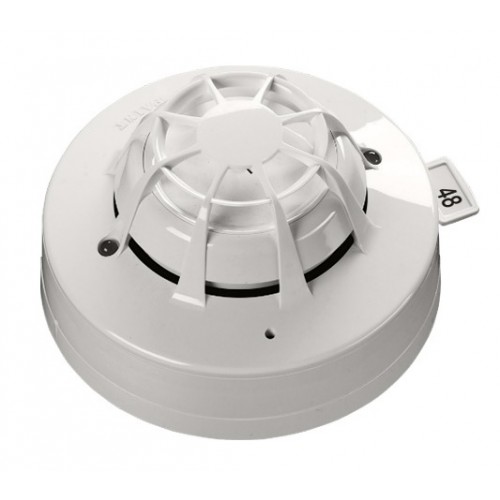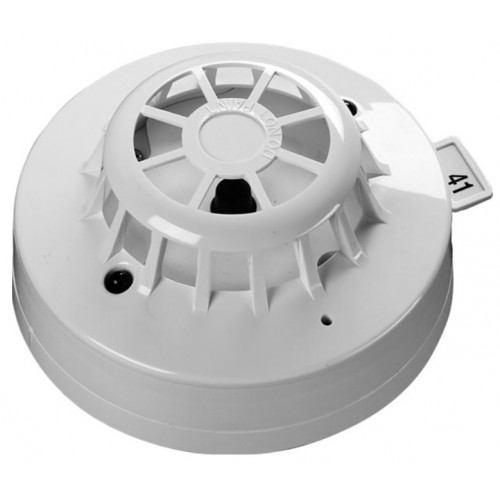Apollo Discovery Marine Heat Detector 58000-400MAR
Apollo Discovery Marine Heat Detector 58000-400MARDiscovery Marine analogue addressable fire detectors are suitable for larger vessels. The high specification range has been developed to meet the requirements of sophisticated systems. Discovery gives you total reassurance in installations where it is necessary to adapt detection to different operating environments and where protection against unwanted alarms is paramount.The Discovery Marine Heat Detector uses a single thermistor to sense the air temperature at the detector position. The thermistor is connected in a resistor network which produces a voltage output dependent on temperature. The design of the resistor network together with the processing algorithm in the microcontroller gives an approximately linear characteristic from 10C to 80C. This lineariser signal is further processed depending on the response mode selected and converted to an analogue output.Key FeaturesApproved for use in the marine environmentFive response modes for environmental adaptationDaynight switching for increased flexibilityDrift compensation for false alarm reductionUser programmability for dataXPERT card addressing for increased securityIdeal in environments that are dirty or smokyUnaffected by wind or atmospheric pressureRemote test feature





